What is Wavetable Synthesis?
Wavetable synthesis is an application of digital sound synthesis that uses multiple waveforms stored together in a table to generate sounds. Wavetable synthesis dates back to the very early days of computer music in the 1970s. Max Mathews invented Wavetable Synthesis in 1958 as part of his MUSIC II computer program. If you are unfamiliar with Max, take a moment to Google his name and prepare to be fascinated by his incredible contributions.
Among the first well-known examples of wavetable synthesizer hardware is the PPG Waveterm, created by Wolfgang Palm of Palm Products GmbH in the late 1970s. Since then, Ensoniq, Access, Waldorf, and even the small company I work for, 1010music, have all created variations of hardware or software that employ wavetable synthesis. The list of developers who have created wavetable hardware or software is exhaustive and too long for this article.
Many artists and composers used wavetable synthesis, including David Bowie, The Fixx, Trevor Horn, Jean Michel Jarre, Art of Noise, Rush, Yes, Depeche Mode, Gary Numan, Robert Palmer, Psychedelic Furs, Talk Talk, The Cars, Ultravox, Steve Winwood, Stevie Nicks, Thomas Dolby, Pet Shop Boys, Mike and the Mechanics, Stevie Wonder, and Tangerine Dream. And this barely scratches the surface.
You can typically create a single sine, square, triangle, saw, or other complex waveform using an analog oscillator. A wavetable comprises many individual waveforms with different shapes that can be individually triggered and even morphed or cross-faded in real-time. The 1010music nanobox | fireball (fig.1) offers two independent oscillators, each holding up to 256 unique waves as a single wavetable. That is like having 512 oscillators at your fingertips.
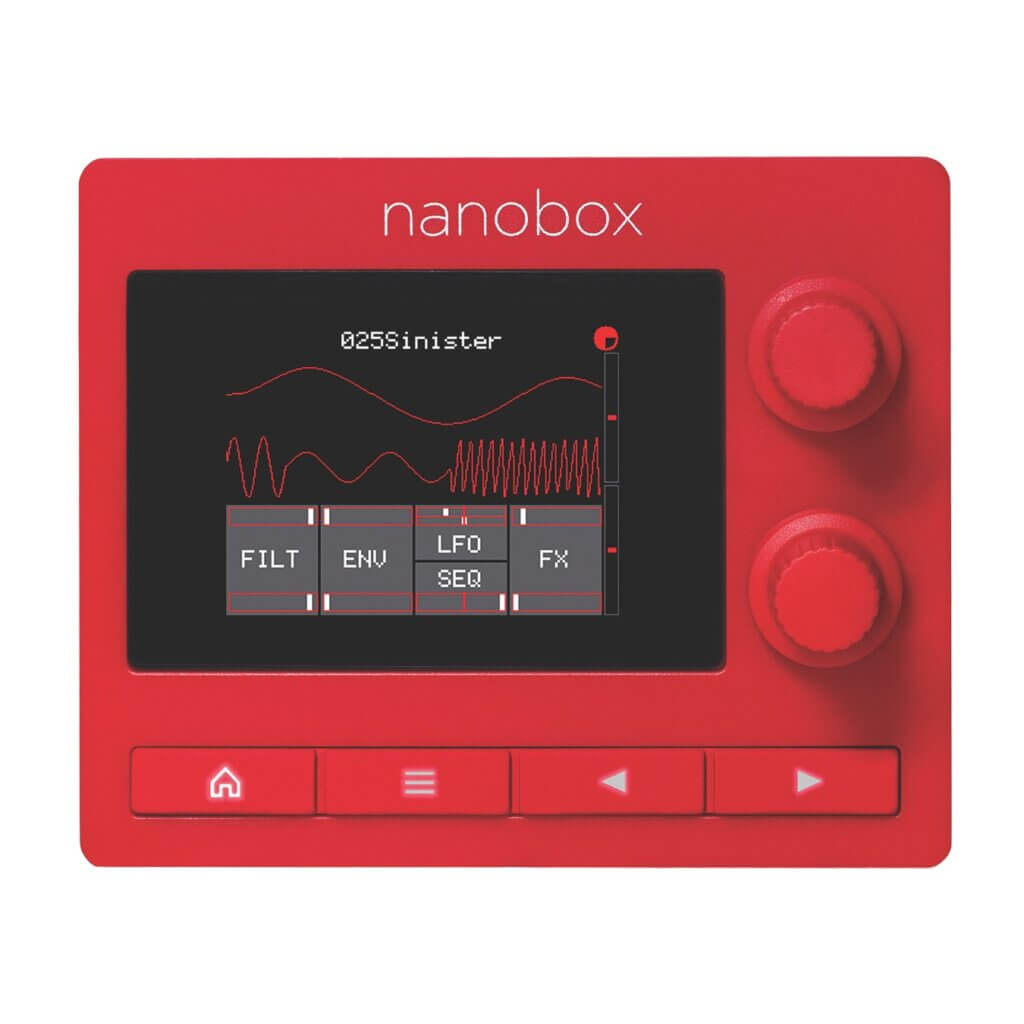
fig_1
When creating a sound with wavetable synthesis, the composer loads a wavetable and then adjusts the various parameters to create the desired sound. The fireball offers several options for altering the wavetable in real-time using MIDI CCs, envelopes, filters, Low-Frequency Oscillator (LFO), a modulation sequencer, delay, and reverb to produce a unique sound (fig. 2). However, the most interesting parameter is the Position control in both oscillators. Position determines which of the 256 waves in the wavetable is currently playing.
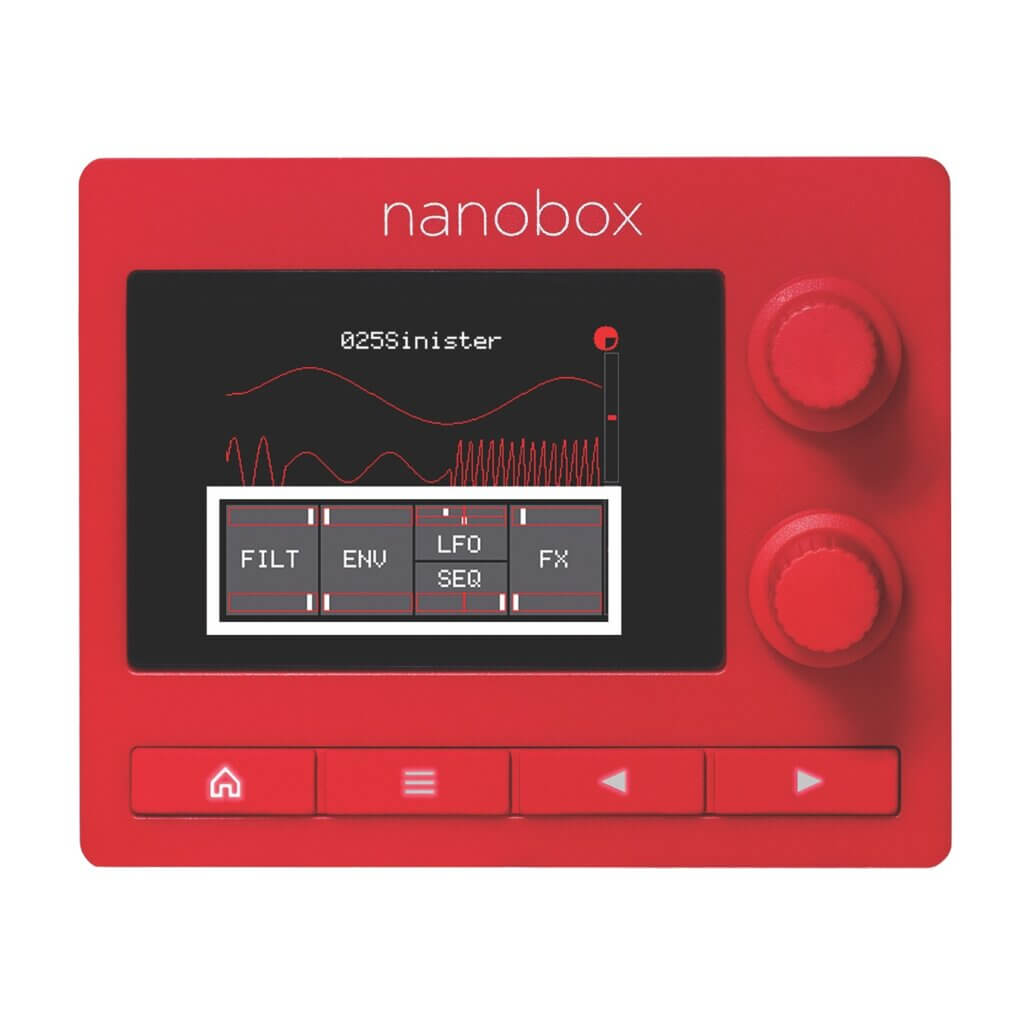
fig_2
You can use various modulation types to change the position on the fly. For example, suppose you assign an envelope or LFO to the position parameter (fig. 3). In that case, the fireball oscillator will move through the wavetable, constantly generating interesting and evolving sounds. You can also use any variety of external MIDI controllers and send CC messages to the fireball to modulate a long list of parameters in real time. Suppose you have a free hand — or finger — during a performance. In that case, you can assign the internal XY pad (fig. 4) to modulate various parameters. Or, you can use MIDI CCs to control the XY pad. There are lots of options for using the fireball in any setup.
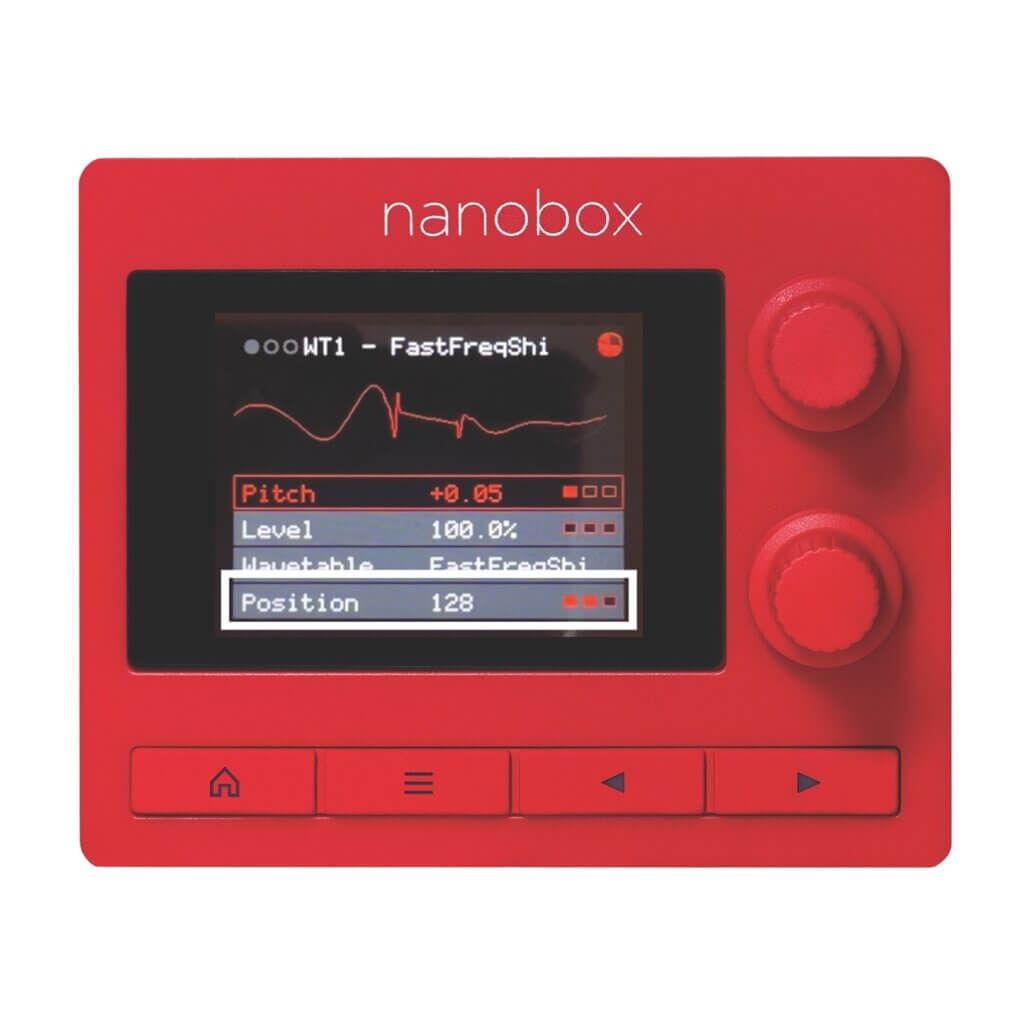
fig_3
The fireball is an excellent addition to any setup for studio work or live applications. Because wavetable synthesis is adept at recreating a wide array of sounds, the fireball is great for mono bass or synth leads, rich pads, arpeggiated textures, and even some emulations of real instruments like guitars, gongs, marimba, and organ, to name only a few.
Wavetable synthesis has become essential for professional and hobbyist producers, musicians, and sound designers, offering various sound design and manipulation options. The ability to create complex and evolving sounds has resulted in some truly innovative music and sound design.
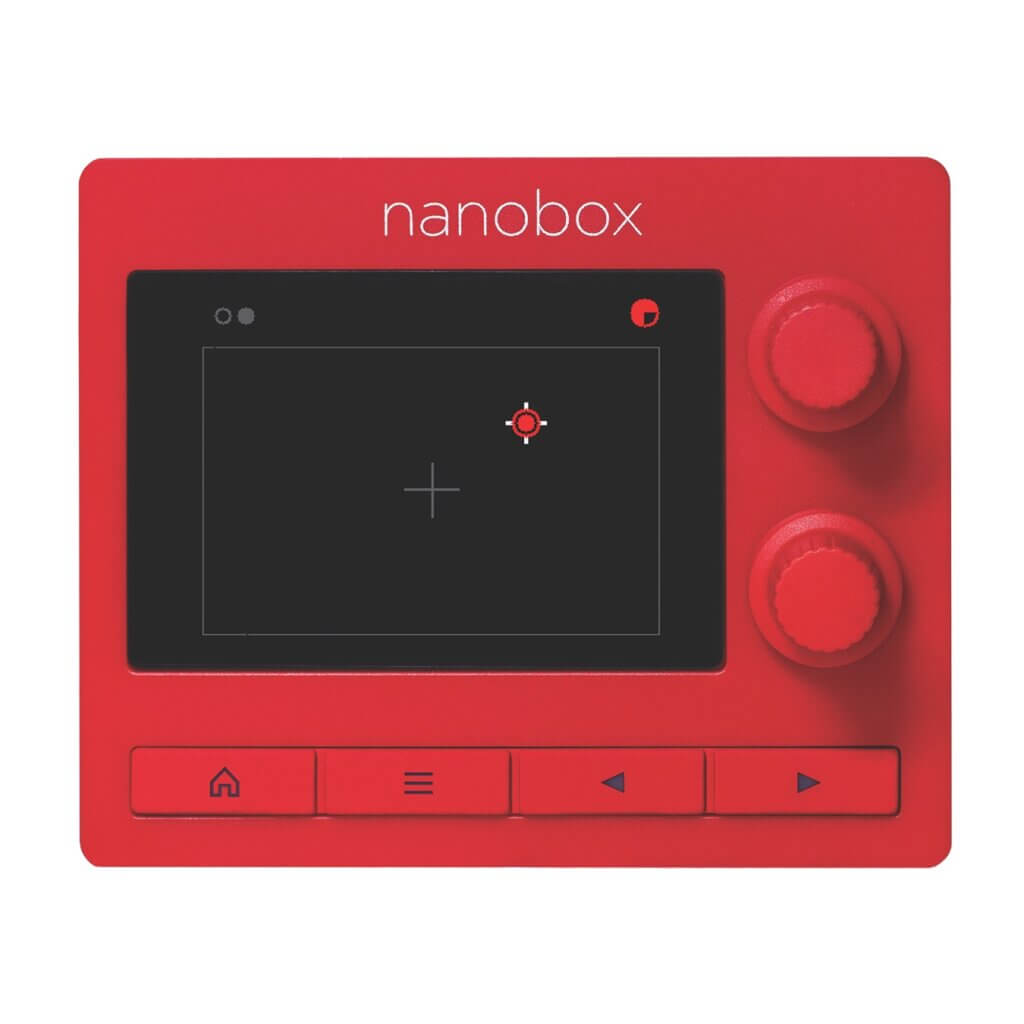
fig_4
One notable use of wavetable synthesis is in electronic dance music. It has been used to create highly modulated and evolving sounds integral to the genre. Arpeggiators, for example, often use wavetable synthesis to create highly energetic arpeggios that help define the sound of many electronic dance tracks.
Another prominent use of wavetable synthesis is in film and television soundtracks. The technique has been used extensively in creating sound effects, such as the sound of digital scanning or the hum of a spaceship’s engines. Wavetable synthesis has become a valuable tool for sound designers in creating intricate and unique soundscapes for film and television projects.
Ultimately, wavetable synthesis offers producers and musicians a powerful sound creation and manipulation tool. Its ability to create complex, evolving sounds has made it an essential technique for electronic music, sound design, and other audio applications. With its continued evolution and development, wavetable synthesis will remain necessary for creative sound design and music production for many years.
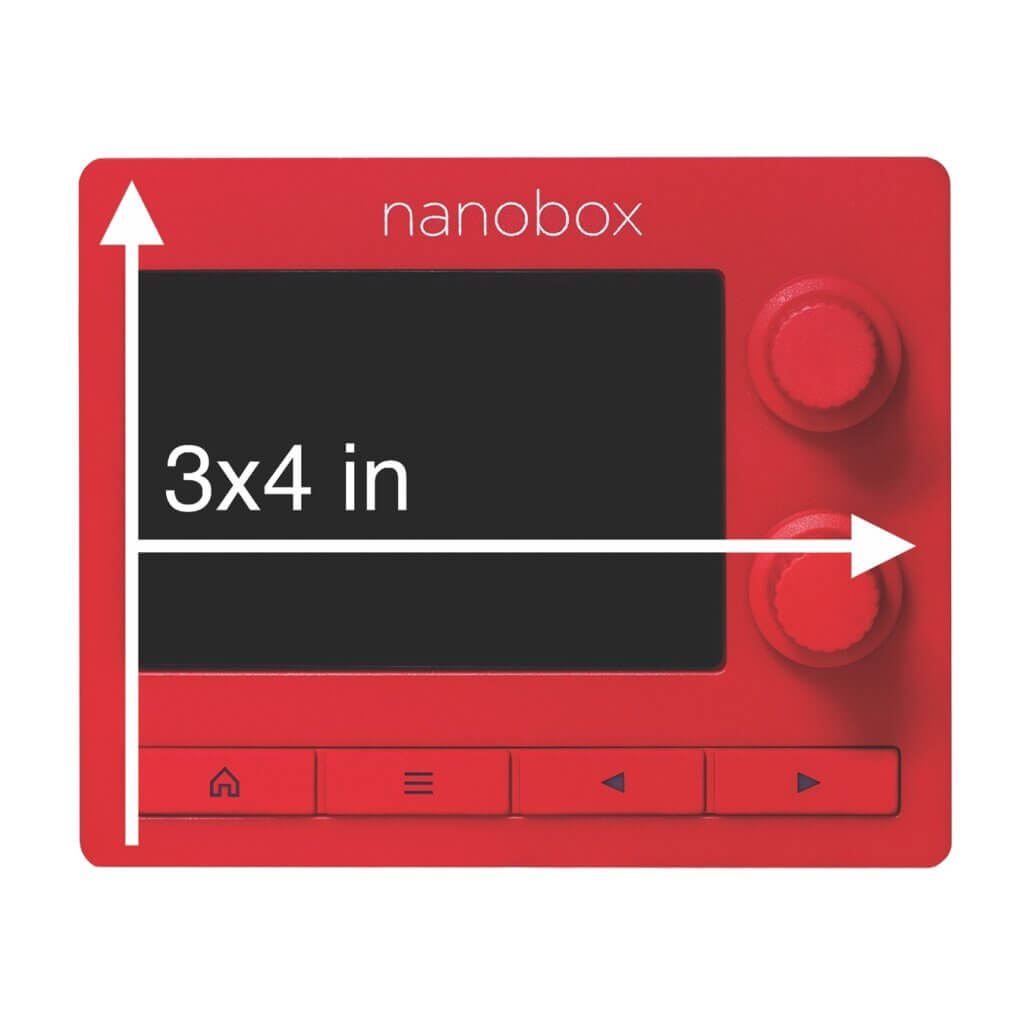
fig_5
Beyond all the sonic possibilities discussed here, the fireball is tiny. At just under 3 x 4 inches (fig. 5), you can find the room almost anywhere to add wavetable synthesis to your setup. You can trigger the fireball using any MIDI controller. You can add pads or textures to your set or even bass sounds with a foot pedal.
If you want more in-depth information about wavetable synthesis, and specifically the nanobox | fireball, we encourage you to visit 1010music.com.
ABOUT THE AUTHOR
Steve Joslin is a percussionist, who performs and composes in Algorithmic, Electronic, and Progressive Rock genres. His work ranges from meditative to visceral and incorporates technology in interesting ways.
Steve earned a BFA in Performing Arts Technology and MA in Media Arts from the University of Michigan and completed his DMA in Music Performance – in Data-Driven Instruments at the University of Oregon.

Steve Joslin
